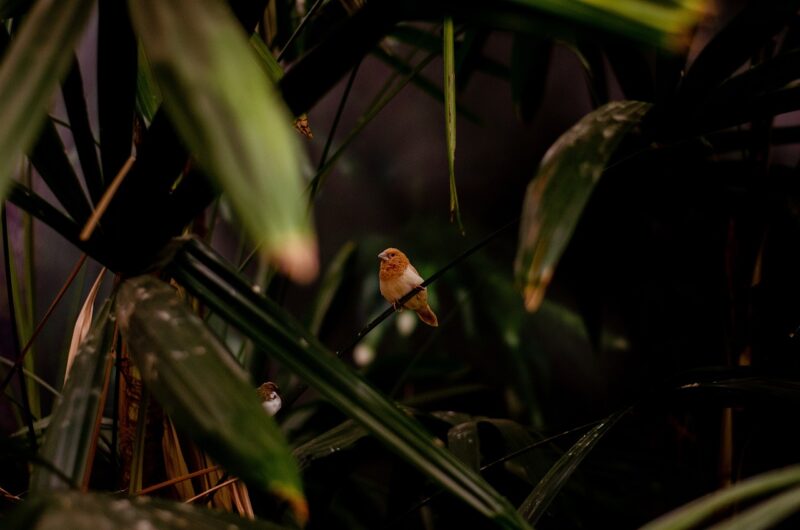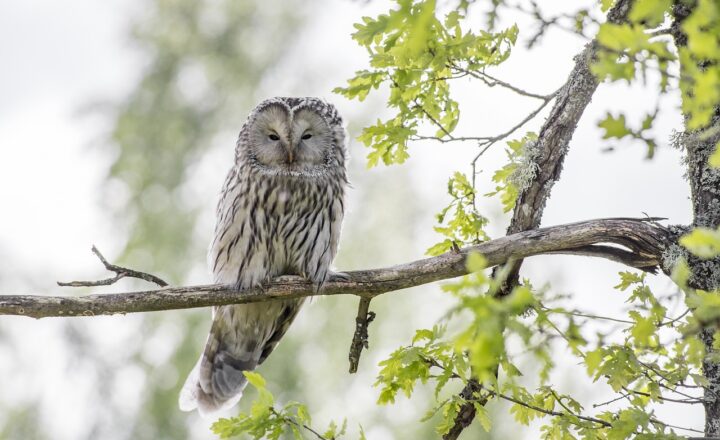The Fascinating Ways Zoos Are Creating Natural Habitats for Their Animals
November 12, 2024

Zoos have long been the subject of debate regarding animal welfare, conservation, and education. However, over the years, many zoos have evolved from traditional, sterile enclosures to innovative environments that mimic the animals’ natural habitats. This transformation is not just about aesthetics; it fosters healthier, happier animals and enhances the educational experience for visitors. In this article, we will explore the fascinating ways that modern zoos are creating these natural habitats and the benefits they bring to both animals and humans.
1. Understanding Natural Habitats
Before diving into how zoos are recreating these habitats, it’s essential to understand what a natural habitat is. In the wild, each species has a specific niche that encompasses factors like food sources, climate, vegetation, and social structures. The goal of modern zoos is to replicate these elements as closely as possible to promote the well-being of the animals.
2. Designing Naturalistic Enclosures
Most contemporary zoos prioritize the design of naturalistic enclosures, which requires a collaborative effort among architects, zoologists, and animal behavior experts. Here are some strategies used in this design process:
- Use of Natural Materials: Modern zoos often utilize stones, logs, and vegetation native to the animals’ original habitats. This not only creates an appealing environment but also provides the animals with natural stimuli and enriches their lives.
- Diverse Landscapes: Good habitats encompass various terrains such as hills, rivers, and forests, mimicking the geographical diversity present in the wild. For instance, some zoos incorporate water features for aquatic animals or sandy areas for desert species, allowing animals to showcase natural behaviors.
- Visual Barriers: Instead of cages, zoos are increasingly using natural elements as barriers. These may include thick vegetation, glass walls, or artificial rocks that allow for unobtrusive viewing while maintaining an illusion of natural freedom for the animals.
This thoughtful design approach emphasizes behavior, where animals have the freedom to roam and exhibit natural instincts.
3. Behavioral Enrichment Programs
Creating natural habitats is just one piece of the puzzle. Zoos also implement behavioral enrichment programs that encourage animals to engage with their environment actively. These enriching activities may include:
- Puzzle Feeders: Puzzle feeders challenge animals to think and work for their food, mirroring the search for sustenance in the wild. For example, elephants might find treats hidden in logs, while primates engage in solving food-related puzzles.
- Sensory Experiences: Zoos often incorporate multisensory elements such as different scents, textures, and sounds from their natural habitats. This helps stimulate the animals’ senses, fostering mental stimulation and reducing stress.
- Visual Changes: Zoos will periodically rearrange the environment, adding or removing structures, and changing the layout of spaces to encourage exploration and curiosity among animals. Regular changes keep animals engaged and motivated to explore their habitats.
These enrichment programs are crucial for the mental and physical health of animals, significantly reducing signs of stress and abnormal behaviors often seen in traditional zoo settings.
4. Conservation and Education Initiatives
Modern zoos also serve a vital role in conservation and education. By curating natural habitats and promoting native flora, they not only create suitable environments for animals but also help educate the public about biodiversity and conservation efforts. These initiatives include:
- Hope Spots: Some zoos participate in ‘hope spots’, areas where critical wildlife conservation efforts are being made. They aim to inspire visitors to support wildlife conservation projects, reinforcing the zoo’s appeal as a conservation hub.
- Workshops and Programs: Educational workshops are organized so that visitors can learn about animal behavior and conservation directly from zookeepers and scientists, creating a personal connection to wildlife.
- Research Opportunities: By offering a unique opportunity for ecologists and biologists to study animals in settings that provoke natural behaviors, zoos become a living laboratory that advances our understanding of animal health and habitats in the wild.
Through these conservation and educational initiatives, zoos raise awareness about the importance of preserving natural habitats, breeding programs, and species rehabilitation efforts.
5. Success Stories Around the Globe
Many zoos worldwide have undertaken remarkable transformations toward creating natural habitats. Here are a few success stories:
- San Diego Zoo’s Safari Park: This zoo creates expansive habitats that replicate the wildlife of Africa and Asia, allowing animals to roam freely in vast enclosures. The park has been instrumental in breeding endangered species and promoting conservation efforts.
- The Netherlands’ Artis Zoo: The zoo has integrated native flora into their animal habitats, thereby reducing carbon footprint while enhancing the visual appeal of their facilities. This zoo emphasizes the importance of plant-animal relationships in ecosystems.
- Singapore Zoo’s Rainforest & Night Safari: This zoo has focused on creating a tropical rainforest environment and nocturnal habitats, enabling visitors to experience wildlife in a more authentic setting while supporting various conservation initiatives in Southeast Asia.
These success stories exemplify how zoos are evolving into significant players in wildlife conservation while ensuring the health and happiness of the animals in their care.
6. The Ongoing Future of Zoos
The journey of creating natural habitats for zoo animals is far from complete. As our understanding of animal welfare evolves, so too will the methodologies employed by zoos. The future may include:
- Virtual and Augmented Reality Experiences: Technology might enhance visitor experiences by simulating wildlife environments, allowing guests to learn about conservation without physical barriers. This would ideally reduce human-animal interaction while preserving natural behaviors.
- Advanced Behavioral Research: Future advancements in animal behavior studies will likely lead to even more tailored habitats that cater to the specific needs of different animals, ensuring their well-being in captivity.
- Global Collaboration: The increase in awareness surrounding wildlife conservation will foster more significant collaborations amongst zoos worldwide to share successful practices and joint conservation efforts to help endangered species reach sustainable populations.
The transformation of zoos underlines the importance of compassionate care and effective conservation strategies, shaping how we perceive and interact with wildlife.
Conclusion
The evolution of modern zoos into institutions prioritizing natural habitats illustrates the growing recognition of animal welfare and environmental conservation. By mimicking natural environments, enhancing animal behavior, and educating visitors, zoos are not only safeguarding endangered species but also inspiring global conservation efforts. As we look to the future, we must continue to support these efforts, knowing that the way we care for animals today will shape the ecosystems of tomorrow.
By creating habitats that resemble the wild, zoos foster not only the well-being of individual animals but also contribute to the preservation of our planet’s biodiversity at large.








